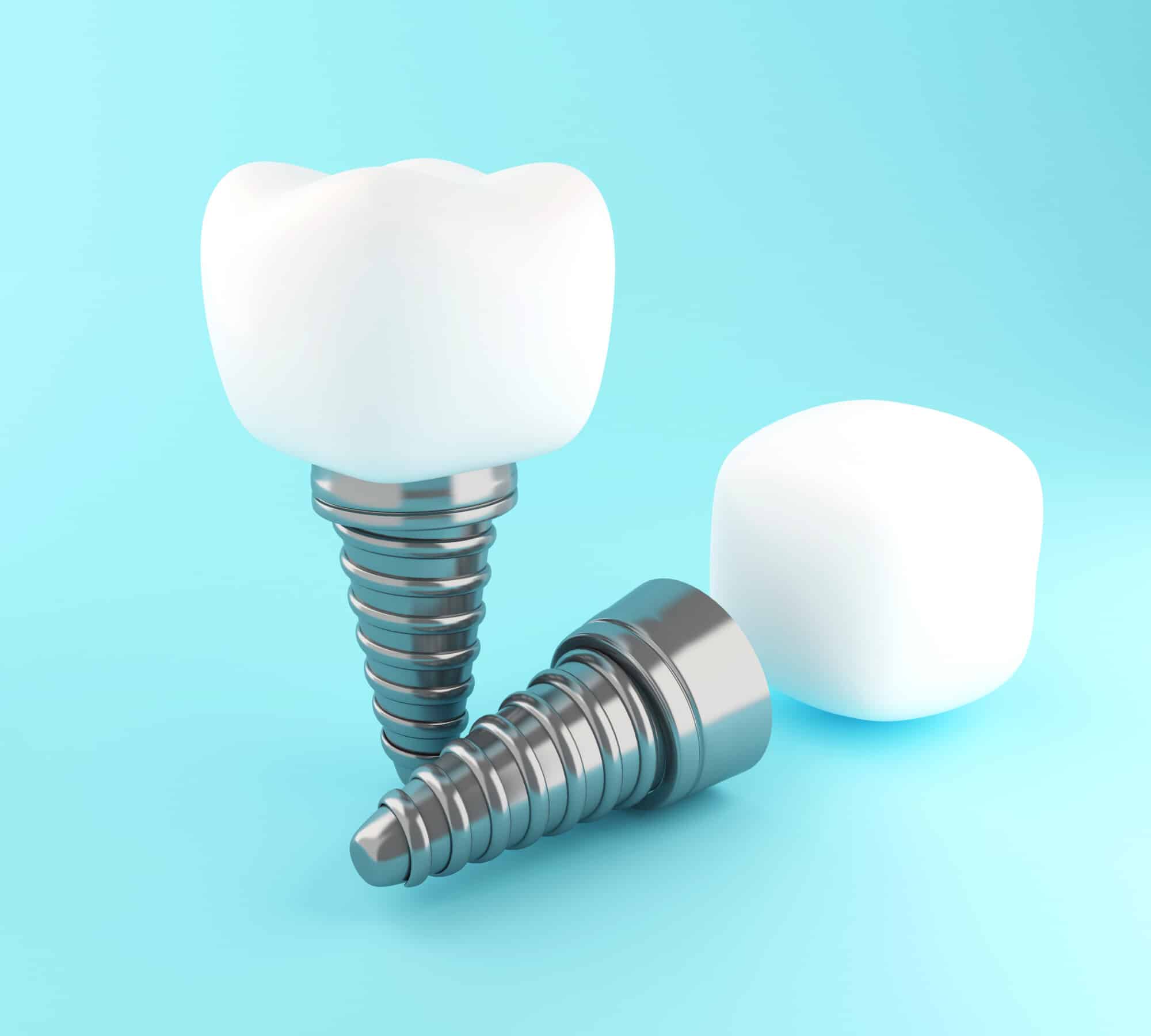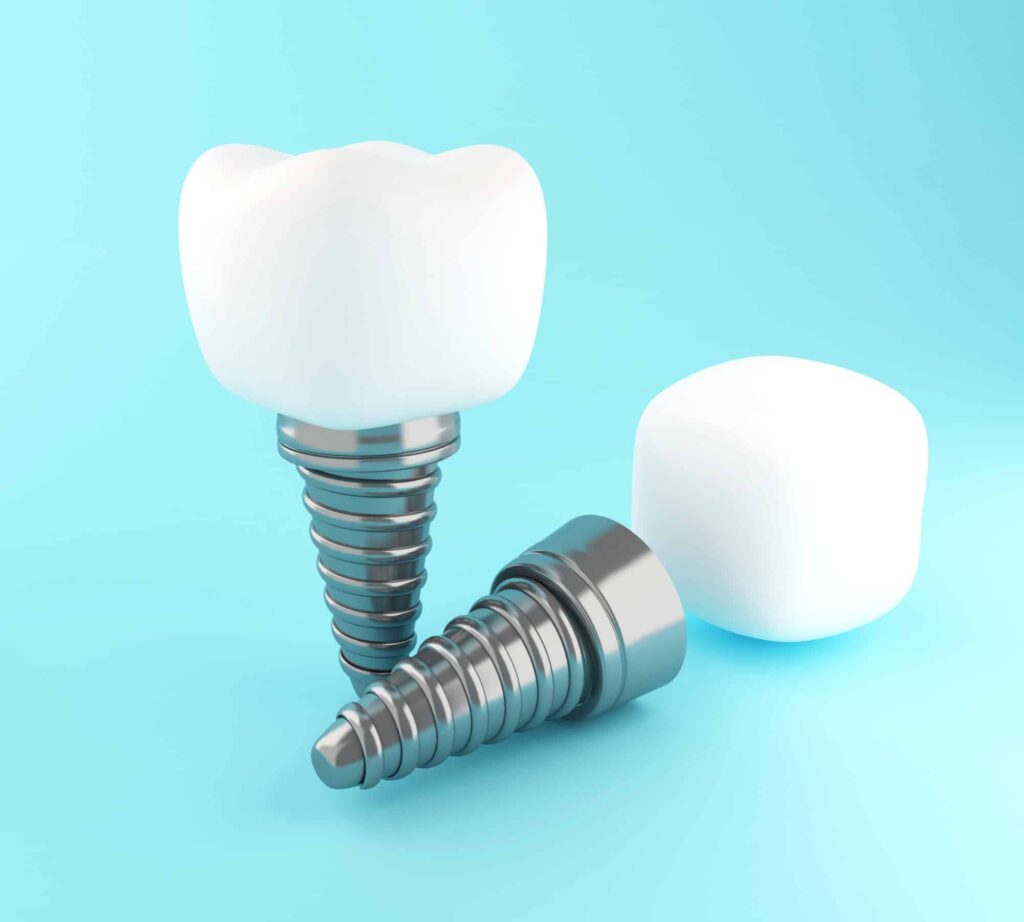Over the past few decades, dental implants have become an increasingly common dental intervention. For many people, dental implants are the best solution for missing or severely damaged teeth.
Dental implants are small posts that attach to the jaw, functioning like the root of a tooth. They can then hold an abutment and crown, creating a natural look and feel that matches the rest of your teeth.
There are many different types of dental implants that you can get from your Colorado Springs dentist. Today, we’re going to explain those different types of dental implants, along with other information you should know.
Read on for our complete guide to dental implants in Colorado Springs.
Who Should Consider Dental Implants?
The best way to find out if you need dental implants is to visit your dentist for a checkup and consultation. Unfortunately, over 30% of US adults have not visited their dentist in the last year. If you haven’t been in for your biannual checkup this year, it’s time to make an appointment.
When choosing a dentist, consider one that offers a variety of services. Ideally, you’ll want to get your dental implants from the same dentist that provides your general dentistry.
Now, let’s take a quick look at the kinds of dental problems that dental implants can address.
Tooth Loss
When you lose a tooth, the first thing you should do is visit your emergency dentist. In some cases, your dentist may be able to preserve and reattach the natural tooth, which is why you should locate the tooth, keep it clean or replace it in the mouth, and bring it to your appointment.
Missing teeth can lead to infections, shifting teeth, and other problems. When the natural tooth can’t be reattached, one of the best choices is a dental implant.
Severe Tooth Damage
In some cases, you may not have lost the tooth entirely when your dentist recommends dental implants. This is because some tooth problems that aren’t addressed early enough become irreversible and the tooth is no longer worth saving.
Severe tooth damage can include things like decay and exposed roots, but it can also include major cracks or chips. Removing the existing tooth and replacing it with a dental implant is often the best choice for function, oral health, and appearance.
What Are the Benefits of Dental Implants?
Dental implants may not be your only option when you’re addressing missing or damaged teeth. Other options may include dentures, bridges, and, in rare cases, veneers.
You can discuss these alternatives with your dentist to determine which option is best for you. In the meantime, let’s take a look at the top dental implant benefits.
Improved Oral Function
Even a single missing tooth can impact your overall oral function. Missing teeth can make it difficult to speak and chew and can even alter your ability to do something as simple as whistling. Dental implants restore your full oral function, which can improve your overall quality of life.
Improved Oral Health
As mentioned earlier, missing or damaged teeth can cause additional oral health problems ranging from infection to nerve damage to jawbone loss. Some of these residual problems, particularly infection, may increase your chances of developing other health problems, including heart problems and respiratory infections. By having the problem tooth (or teeth) inspected, treated, and replaced with a dental implant, you can drastically reduce the chances of developing residual health problems.
Long-Term Use
While options like dentures can help restore some oral function, many patients prefer a long-term solution. Dental implants themselves are designed to fit permanently into the jawbone. As long as you take care to maintain them, the implants can last between 15 and 20 years before they need to be replaced.
Cosmetic Improvement
Though dental implants are often necessary oral procedures, they can also fall under the category of cosmetic dentistry. The crowns that accompany dental implants are designed to match your natural teeth as well as possible. However, they can be crafted with a more appealing shape and, if you’re replacing all or most of your teeth, a whiter shade.
How Dental Implants Work
A full dental implant consists of three main parts:
- the screw, which functions as a tooth’s root
- the abutment, which connects the screw to the crown
- the crown, which serves as the “fake” tooth and has a natural, custom-designed appearance
During the consultation phase, your dentist will also need to decide between the two main categories of dental implants: endosteal implants and subperiosteal implants. Let’s take a closer look at the difference between them and when they’re used.
Endosteal Implants
The vast majority of modern dental implants are endosteal implants. When you receive an endosteal implant, you will have a titanium screw implanted in the jawbone. Over time, the surgery site heals and the jawbone bonds to the screw, ensuring that the implant remains in place.
Subperiosteal Implants
In rare cases, patients are unable to receive an endosteal implant due to jawbone loss or deterioration. Instead of using a screw, your dentist will lay a metal framework over the jaw (above or below the gums, depending on other oral health considerations). While this method isn’t as secure, it is the best solution for patients with insufficient jawbone density.
Types of Dental Implants
Endosteal implants and subperiosteal implants aren’t the only different types of implants. Often, when people are asking about the different types of dental implants, they’re asking about the difference between single-tooth, bridge-support, all-on-4, and 3-on-6 implants.
Determining which type of dental implant you need is relatively straightforward. The different types of dental implants fulfill different needs, replacing one, several, or all teeth. Let’s take a closer look at these types of dental implants.
Single-Tooth Implants
As the name suggests, a single-tooth implant is designed to replace one missing tooth. It consists of one screw, one abutment, and one dental crown.
Some patients may receive more than one single-tooth implant. This occurs when a patient is missing more than one tooth but also when the teeth are too far apart for a bridge. For example, if you were missing a tooth on the top row and on the bottom row, you would need two separate single-tooth dental implants.
Implant-Supported Bridges
A dental bridge is a false tooth or row of teeth that is designed to fill in the gap left behind by missing teeth. There are several different kinds of bridges, but we’re going to focus on the implant-supported bridge, which is considered one of the sturdiest and longest-lasting bridges.
To get an implant-supported bridge, you will get a minimum of two implants, one on each side of the row of missing teeth. In some cases, you may get an implant for every missing tooth. The bridge is then affixed to the implants for a sturdy, semi-permanent fit.
All-on-4 Implants
The all-on-4 dental implant procedure is by far the most comprehensive dental implant procedure. An all-on-4 implant is only required if you need to replace a large number of missing teeth. For example, you would need an all-on-4 if you were replacing the entire upper or lower row of your teeth.
First, patients receive four implants in the jawbone, spaced out as evenly as possible based on the condition of the jaw. An overdenture is then designed to replace all of the missing teeth and is attached to the four installed implants. The overdenture is strong and durable, but patients can remove it in order to clean it as necessary.
3-on-6 Implants
The 3-on-6 dental implant procedure is also reserved for patients that need to replace a large number of teeth and can be used whether or not the patient requires the replacement of an entire row. In order to get 3-on-6 implants, patients will need to have a strong jawbone that can handle a larger number of implants.
First, the patient receives six implants in the jawbone, spaced out to accommodate missing teeth while making room for any healthy, natural teeth that are left. Then, three separate bridges are designed to replace missing teeth, and each one is attached to two implants.
What to Expect from Dental Implant Surgery
Dental implants do fall under the category of oral surgery, but they aren’t as invasive as you might think. They do, however, require multiple visits to your dentist’s office to complete the process from start to finish. Let’s take a quick look at what to expect from dental implant surgery.
The Consultation
The first step is to schedule a consultation. This may occur because you request more information about dental implants or because your dentist recommends them. During the consultation, your dentist will determine which type of implants you should get and let you know more about what to expect from the surgery, how to prepare for it, and what to know about aftercare.
Your dentist may also require you to come in for preparatory procedures. If this is the case, you will have at least one appointment between the consultation and the implant surgery.
The Implant Surgery
The next time you come in will be to receive implant surgery. During this time, your dentist will place the screws in your jawbone (or your subperiosteal implants on your jawline).
You will then have to wait up to six months before you can come back in for the next appointment. While it only takes a few weeks for the gums to heal, it takes several months for the screws to bond to the jawline. During this time, you will have temporary false teeth.
Abutment Placement
The third appointment is for abutment placement. Your dentist will need to make another small incision in the gums to attach the abutment to the screw, which will serve as a shock absorber for your crowns.
The healing process for abutment placement is comparatively short. Within a few weeks, you’ll be ready for the next phase.
Crown Placement
Now, for the moment you’ve been waiting for: crown placement. During this final phase, you will get your new crowns or bridges. This typically only takes one appointment, and you’ll leave with a brand-new smile!
There is often a follow-up appointment scheduled after crown placement. This is simply to make sure that everything is going well, that the hardware fits and isn’t causing irritation, and that you don’t need any additional adjustments.
What to Know About Dental Implant Care
In many ways, taking care of your new dental implants is a lot like taking care of your natural teeth. You should brush twice a day and floss at least once a day. However, you should stick to a soft nylon brush and avoid abrasive cleaning agents like baking soda, which can scratch the porcelain crowns.
You should try to avoid chewing on hard or sticky foods such as ice, caramel, raw carrots, and dried fruit. These foods can damage the crowns or the natural teeth surrounding them.
Finally, do your best to avoid staining your crowns, and that includes quitting smoking and keeping caffeine and alcohol consumption to a minimum. Unlike your natural teeth, you can’t whiten dental implant crowns once they’re stained.
Contact Pinnacle Dentistry for Dental Implants in Colorado Springs
There are many different types of dental implants that you can get in Colorado Springs. The first step is talking to your dentist about the state of your oral health and the procedures that would be best for you.
No one wants to have to find a different dentist for every appointment. At Pinnacle Dentistry, you don’t have to! We offer everything from pediatric dentistry to oral surgery, which means that we can meet every dental health need that your family has. To get started with us, contact us today and schedule your first appointment.



